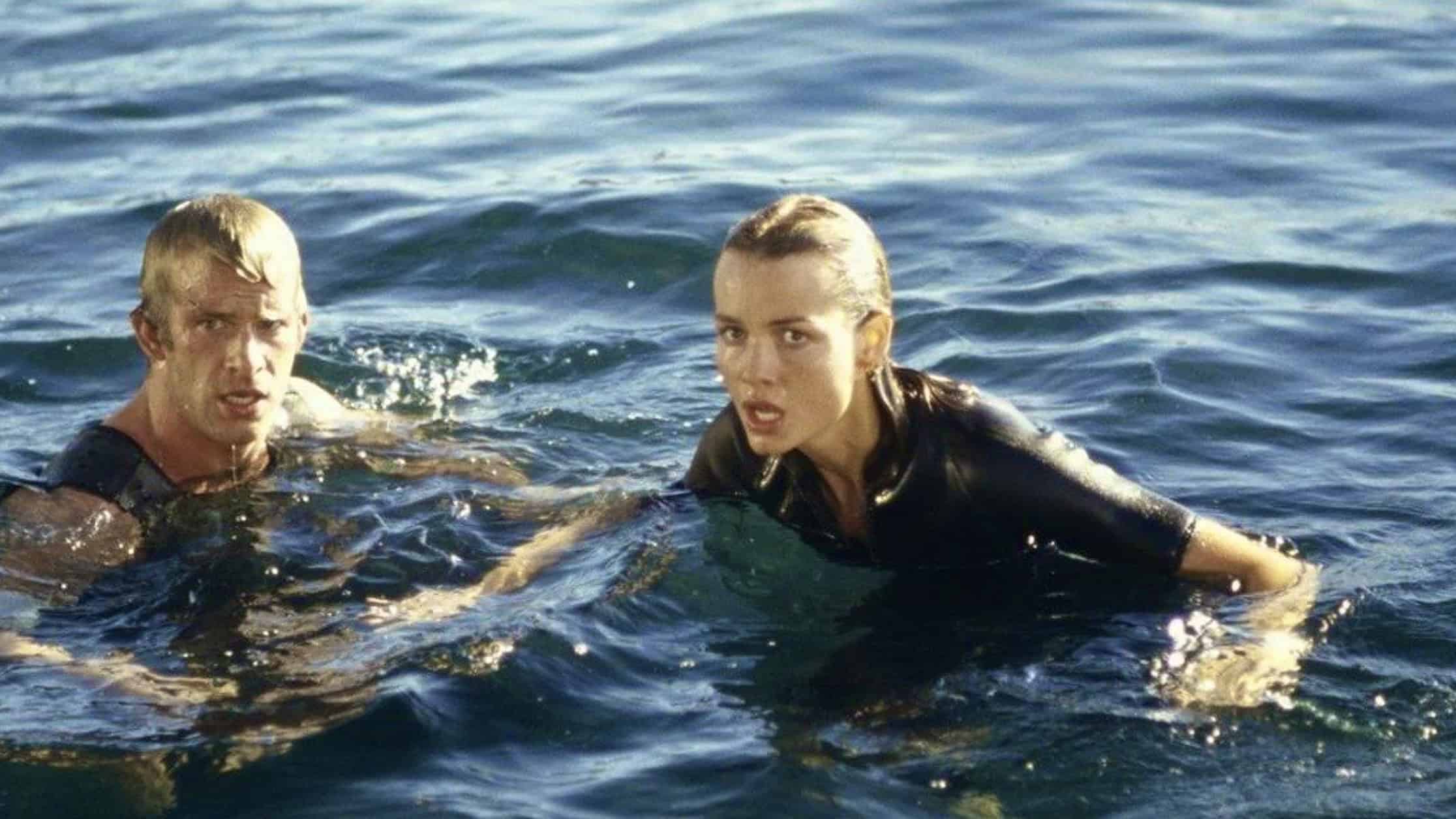By Drew Dietsch
| Published

Test audiences have become something of a boogeyman for modern movie discourse. The entertainment reporting ecosystem is kept churning thanks to vultures who will try and turn anything they can into a corpse to pick. With studio tentpole productions under more fanatic scrutiny and interrogation than ever before, the knowledge of test screenings becomes a planned part of the muckraking cycle. If the media can find even the teeniest worm to bait on the hook when it comes to early test screenings, they throw that out into the ocean and the fish always bite.
The real looming specter of test audiences and the narrative that’s been built around them is their portrayal as the worst/dumbest/most poorly chosen possible people to be influencing the course of a movie’s final cut. As such, it’s rare that you hear a lot of stories about test screenings making huge changes that make a movie better. It’s far more common to be beaten with the refrain of, “Test screenings ruined the movie!” from the usual dipsticks who don’t know anything about the movie business.
Though there are undeniable examples of test audiences changing a movie for the worse, the movie I always think of when I start pondering the value of test screenings is Deep Blue Sea, an example where test audiences got it 100% right.
Deep Blue Sea Original Ending

I’m not here to summarize movies everyone should have seen at this point in their lives. So, either you’re someone with good taste and you know what Deep Blue Sea is, or you can go read the Wikipedia page if you need a big plot synopsis and need to know who the characters are. Just so I don’t exclude every possible reader, you might also be a drooling moron. In that case, go use some piece of incorrect, anti-art AI garbage meant only for dullards, hacks, and authoritarian slugs.
The important thing to know is that in the original ending of Deep Blue Sea, Dr. Susan McAlester (Saffron Burrows) survived and helped kill the final shark. Not only that, she had a romantic build throughout the movie with Carter Blake (Thomas Jane) which culminated in them ending the movie with the expected onscreen kiss.
And test audiences HATED it.
Test Audiences Change the Deep Blue Sea Ending

Multiple comment cards from Deep Blue Sea test audiences mentioned how much they enjoyed the movie except for the ending resolution with McAlester. Her position in the story as co-Dr. Frankenstein with Dr. Jim Whitlock (Stellan Skarsgård) made her at fault for the events of the plot. Since Jim gets taken out at the start of the action, Susan is left as the only vehicle for blame in the eyes of the audience.
Frankly, it’s the right call for the specific story Deep Blue Sea is telling with Susan. Susan is portrayed as driven to succeed no matter what ethical boundaries she must break to do so. Though she backs her ambition with an empathetic backstory, it does not excuse the actions she takes which leads to the deaths of her colleagues. Seeing her get a full-tilt happy ending at the conclusion of the movie’s journey feels like the kind of phony redemption we only see in movies.
So, with overwhelming negative responses to the original ending from test audiences, the studio ponied up the cash to reshoot the Deep Blue Sea ending and kill McAlester. And you know what? It’s a much better ending for her character! She sacrifices herself so the last survivors can kill her creation before it escapes and changes the ecosystem forever. It still manages to give her a redemptive arc without coming across as hollow, shallow, or unearned.
Test audiences get a lot of flak these days. I’m not saying it’s all undeserved, but I do want people to remember that they aren’t always making your precious corporate product worse. Deep Blue Sea is one of the greatest arguments for test screenings; nobody involved in the film saw what a bad direction they’d taken with a character and their ending. So, thank you, Deep Blue Sea test audiences. You made one of my favorite movies even better before I ever knew it.
